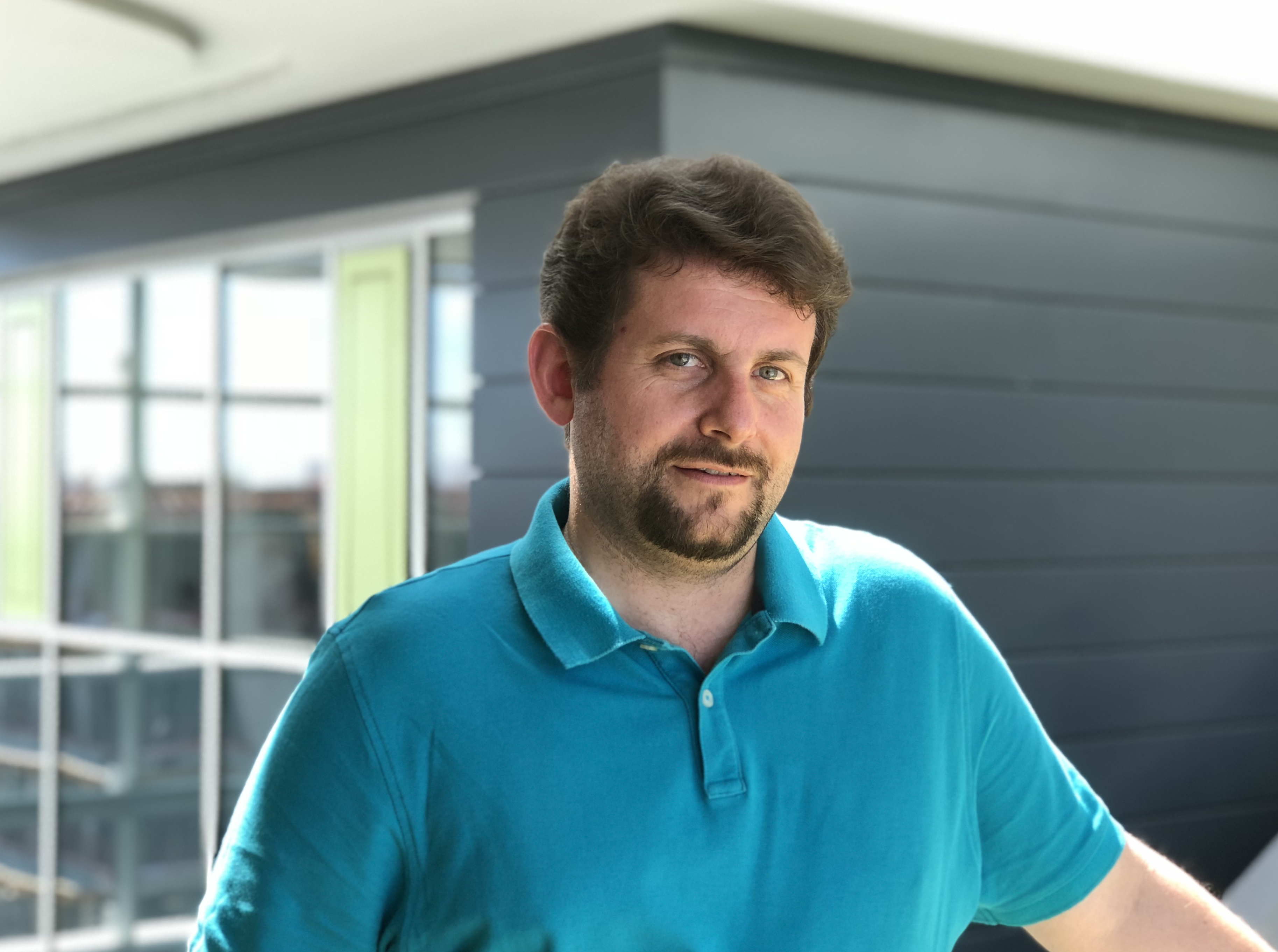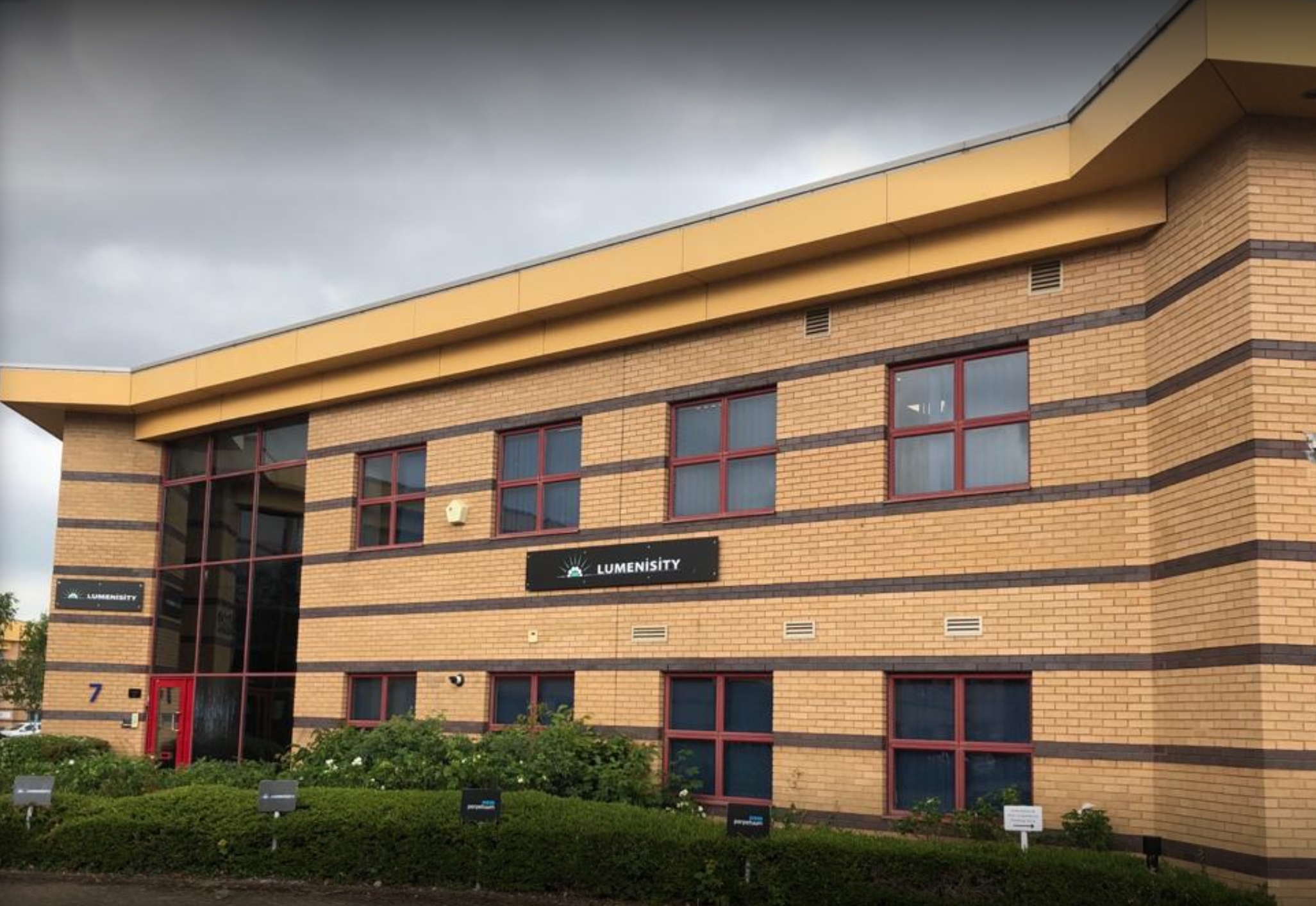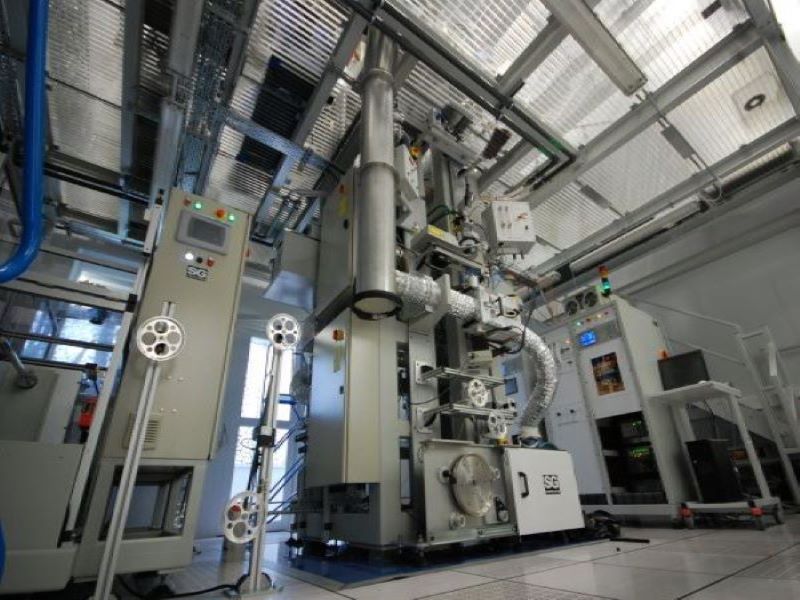Interview with Professor Marco Petrovich, Lumenisity Ltd
There are over ten companies in the Southampton area with their roots in the Optoelectronics Research Centre (ORC), creating a ‘Light Valley’ of successful photonics companies. These companies have significant economic impact in the areas in which they operate, often providing jobs for hundreds of people.
University spin-out company Lumenisity is developing high-performance optical fibres capable of transmitting more data with less delay, to address the ‘bandwidth crunch’ facing high-capacity telecommunications systems.
Professor Marco Petrovich, one of the company’s founders and its Director of Operations, talks about the world-leading research behind this revolutionary technology, and the challenges and rewards of running a successful start-up.

What does Lumenisity do?
Optical fibre technologies pioneered at the ORC are the backbone of today’s internet. However, with global internet data traffic set to reach 4.8 zettabytes per year by 2022, next-generation fibres are needed to ensure the system can cope with demand.
At Lumenisity we are helping to tackle this challenge by developing advanced fibre optic cables that combine higher data transmission capacity with lower signal loss and latency (delay) compared to conventional fibres. Our focus is on applications in telecommunications systems.
What’s different about the optical fibres Lumenisity is developing?
A conventional optical fibre is a long, thin strand of solid glass. It contains two different compositions of glass – one in the centre - the ‘core’ - through which light travels, and one around the outside. Our fibres are different because they are not solid; they guide light along a hollow core in the centre of the fibre.
In order to force the light to travel in the hollow area you need a very elaborate microscopic and sub-microscopic structure within the fibre, which has to be maintained consistently over kilometres. This geometric consistency is where the challenge lies with these fibres, and it’s the reason why only a handful of research groups around the world have been able to make them in longer lengths.

Tell us about the ground-breaking research behind Lumenisity’s products
I started working on microstructure hollow core optical fibres in the ORC around 15 years ago. At that time these fibres had been around for just a few years and they were more of a lab curiosity than anything else – researchers were making a few tens of metres and using them for lab demonstrations. We realised that they had the potential for a wide range of applications, particularly in telecoms.
In 2010, myself and two other senior ORC academics began investigating the fundamental properties of these fibres and the technology needed to make them in much longer lengths. I believe we were the first group worldwide to make 10 kilometres and above; other labs were struggling to make 100 or 200 metres. We undertook this work through three research programmes, two of which were funded by the UK Engineering and Physical Sciences Research Council and one by the European Commission.
The three programmes were very successful and over five years we achieved one breakthrough after another. We decided to add an enterprise dimension to our activity, as we believed these fibres could have a substantial impact in the real world.

What were the next steps in making Lumenisity a reality?
We started investigating possible practical applications, analysing unique selling points and probing the appetite for our technology in the wider world.
There is a thriving photonics industry around Southampton that has formed around companies spun out by the ORC, so we were able to team up with a very experienced CEO who brought a commercial dimension to our initial team. We grew the commercial team further, and in February 2017 the company was spun out with substantial funding from a group of international investors.
At that time, we were a very small enterprise of six people, but with a very ambitious programme. Fast forward and we have almost 50 staff and have been through a further multimillion pound funding round.
We have deployed cables in real network applications in multiple geographies which are world firsts with many more planned. We are also building a factory to compliment the research work which will remain at the ORC.
What support did you receive from the University?
The support from the ORC was phenomenal, so it was a good place to get the company started. Also Southampton has a very competent and helpful Research and Innovation Services team. They were our first port of call for many of the initial steps, such as enabling the company to exploit the intellectual property, and the transition of staff from the University to the company.
It wasn’t all easy all of the time, but the fact that the company is successful, and growing strongly, is a testament to the support that it has received from the University.
What is your role?
I’m seconded 100 per cent to Lumenisity, which means I nominally retain my role within the University, but in practice I devote all my time to the company. Lumenisity has two departments; as Director of Operations I lead the department that makes the hollow core fibres, using the cleanroom facilities at the University’s Zepler Institute. The other department, based at our site in Romsey just outside Southampton, is concerned with manufacturing and testing the final product.
As well as overseeing the fabrication of fibres, my role involves taking a strategic view and facilitating consensus among stakeholders at all levels of the company and the University.
Being at the cutting-edge of research is in itself about finding new challenges every day – if you want to stay on top, you can’t allow yourself to sit back and be content with things.
How did you find the move from the academic to the commercial world?
Being at the cutting-edge of research is in itself about finding new challenges every day – if you want to stay on top you can’t allow yourself to sit back and be content with things, so it’s certainly a step change but perhaps not quite as big a leap as one might expect. There is some alignment between the pace of my previous research activities and the pace at which we are growing the company. This is down to the unique nature of the ORC, where the thirst for new challenges is embedded in our work and culture.

What are the challenges and rewards of your role?
Making optical fibres is an interesting business because it requires very large-scale equipment (our fibre draw tower is 10 metres tall), in a cleanroom environment. I’m running a relatively large manufacturing operation within a university lab, which in itself is quite an achievement. We’re not the first company to operate within the University’s cleanroom, but we’re doing it on a scale that has probably never been explored before.
How has your involvement with Lumenisity contributed to your development?
I had to jump to another level of leadership in order to add this enterprise dimension to my portfolio of activities. I’m now managing many more staff – I have a team of 16, which will grow to more than 20 – and I’m leading a much more diverse group of people with different backgrounds and competencies. That’s a good challenge for me, because I like working with people and it’s an opportunity to broaden my horizons.
I interface with a lot more people, and my days involve a more diverse range of activities. That keeps me interested and busy!
What are the mutual benefits of the company’s close relationship with the University?
There’s a lot of synergy between the two. For instance, the company is funding research and development (R&D) at the University by way of research contracts. Lumenisity and the University have been co-awarded several R&D contracts through schemes such as Innovate UK, and Lumenisity has invested in improving and upgrading the University infrastructure and equipment to help us achieve more consistent fibre fabrication in longer lengths, which is benefiting the University’s research as well.
The ORC is a pipeline for skilled individuals, and we’ve snapped up a number of ORC students as soon as they’ve finished their PhDs. The company is also funding a further student doing his PhD at the ORC.
Of course, successful enterprises like Lumenisity also help to put the University on the world map, increasing Southampton’s standing in the eyes of students who are interested in cutting-edge engineering and technology.
What would you say to an academic who is thinking of commercialising their research?
First, know your technology very well. If you don’t, then you should spend more time doing research.
Gain the best possible understanding of the impact your product might have and ask yourself whether the world needs it. There’s a big difference between what works in the lab and what works in the real world.
Team up with the right people. You can do it solo but having the right team behind you can really speed things up.
Finally, enterprise is a fantastic opportunity for personal growth and development, but it’s not necessarily for everyone – think carefully about what’s right for you.